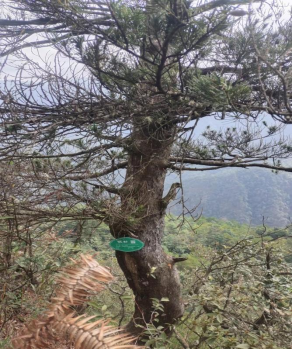通过技术和创新,创建便于使用并符合当地需求的数字平台
涛岛、Better Together 和隆泰银行
Krungthai Bank
Krungthai 银行(KTB)是 "Koh Tao Better Together "众筹活动的重要合作伙伴,该银行开发了一个与泰国税收系统集成的易于使用的电子捐款平台。该银行的创新实验室提供了创建电子捐款平台的服务。通过二维码,泰国公民能够以快速、透明、可验证的方式进行捐款。该平台允许泰国捐赠者自动将其捐赠信息发送给税务局,以便扣税。联合国开发计划署还为国际捐助者设计了另一个电子捐款平台。
KTB 是该活动的首批捐助者,捐款额占筹款目标的 30%。此外,该银行还承诺,如果未达到目标,将承担剩余捐款,而由于活动取得了成功,也就没有必要承担剩余捐款。
此外,韩国电信银行还为船夫提供了数字金融服务培训。
关键的有利因素是建立有效的公私合作伙伴关系,充分利用各利益相关方的专业知识。通过将 BIOFIN 的金融专业知识、KTB 的创新能力、Raks Thai 基金会在吸引当地社区参与方面的经验以及政府在监督金融服务方面的作用结合起来,开发和传播适当的电子捐赠平台并开展活动成为可能。
另一个相关条件是有效的沟通策略,以提高公众对电子捐赠平台的认识和使用。
当务之急是促进伙伴关系和多部门参与,以应对从全球健康危机中的财政限制到生物多样性和生态系统退化等多学科性质的全球和地方挑战。
此外,制定反映创新和数字化进步的解决方案也至关重要。如果设计得当,数字工具有可能覆盖大量个人(即超越筹款目标)并简化流程(即连接电子捐款平台和税务系统)。必须同样重视对当地人进行有关这些数字工具的培训,使他们能够公正、公平地使用这些工具。
